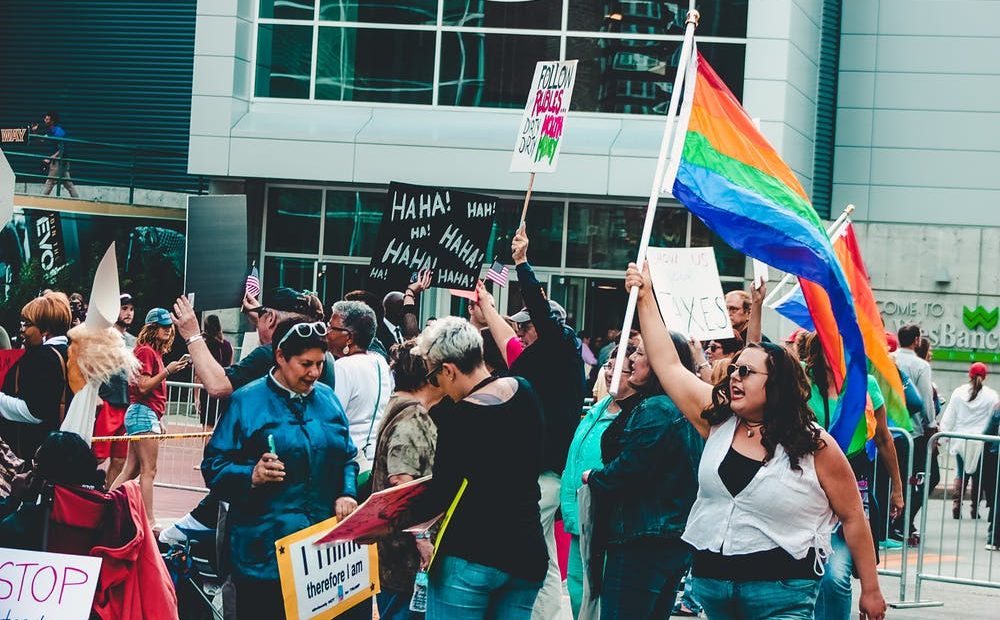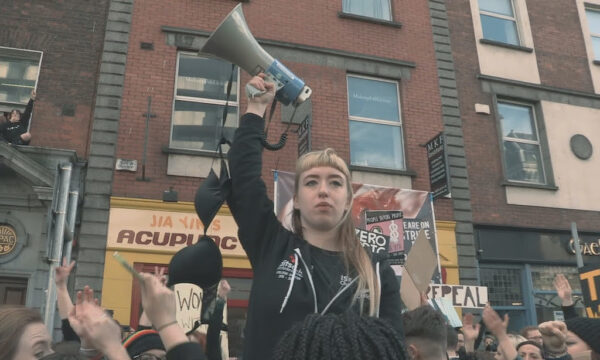The world celebrates the International Women’s Day

Since 1975 when the UN established the 8th of March as its official International Women’s Day, each year millions of women around the world celebrate the event on this date. This year, the UN designated as its theme for the event “Equality for women is progress for all”, and celebrations across the globe have taken many forms.
For some, the day marked an opportunity to protest for women’s rights: in Beirut for instance, a few thousand protesters demanded that the government approve a law against domestic violence. At Kiev’s Independence Square, a site of anti-government protests over the past few weeks, demonstrators both male and female paused to reflect on women in Ukrainian society today. For others, the day constituted an occasion to celebrate women of the world. For instance, the Google homepage doodle featured a video montage of women smiling positively into the camera, as an embodiment of their positive contribution to the world. Hillary Clinton tweeted her celebration of Eleanor Roosevelt and her work for human rights, for #IWD2014.
As with previous years, this year International Women’s Day did not come without its critics. These have tended, when comparing where women stand today against where they stood around a century ago (when the event first came into being), to see little need for protesting. For these people, women have already attained equality with men. The following statistics, as cited by The Independent, will put into perspective just how far we are from gender equality, locally as well as globally:
Over 130 million women worldwide have undergone female genital mutilation, with 24,000 UK girls at risk. Around 44% of all UK women have been either physically or sexually assaulted since the age of 15. In the UK, the gender pay gap stands at 15% (or 35% for part time jobs).
In defence of dedicating a day exclusively to the celebration of women, the General Assembly argued that International Women’s Day exists firstly to fight to close the gender gap between men and women, and secondly to celebrate the progress made thus far in closing that gender gap. The above statistics indicate that there is still much progress to be made. Furthermore, the existence of an institutionalised global event ensures that these issues – most of which take place on a daily basis rather than a single event triggering a wave of protests – receive the global attention they deserve.
Lena Anayi
























Facebook
Twitter
Instagram
YouTube
RSS